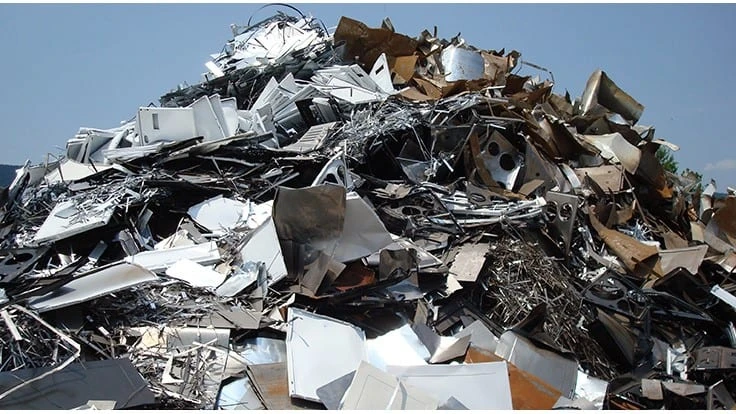
For the eighth year in a row, the Institute of Scrap Recycling Industries (ISRI), Washington, has released its Recycling Industry Yearbook. It is a single source of data and information on the different aspects of the industry, including details on each of the major commodities, according to an association news release.
The book provides a clear understanding of how recyclable material is transported, processed, traded and used in manufacturing as well the environmental benefits. It is used by industry stakeholders, policymakers and government officials, international delegations, media, manufacturers, students and others interested in discovering more about recycling.
“Recycling is a strong and robust industry that preserves our planet and sustains our natural resources,” says ISRI Chief Economist Joe Pickard. “The Recycling Industry Yearbook provides valuable information using facts and figures to paint an accurate picture of the important role the industry plays to the environment, economy and manufacturing. As the public, policymakers, local communities and media have taken a renewed interest in recycling, the book provides a valuable resource to help them rediscover the positive impact our industry has on the world in which we live.”
Key data and facts (based on the latest information at the time of publication) from the 2019 edition include:
- 138 million metric tons of recyclable material was processed in the U.S. in 2018 (the most recent data), up from 135 million metric tons in previous years
- the amount of material recycled in the U.S. save the equivalent of nearly 400 million tons of greenhouse gases
- the recycling industry generates nearly $110 billion in economic activity and is responsible for more than 531,000 total jobs
- manufacturers consumed more than 900 million metric tons of scrap worldwide, accounting for 40 percent of the global industrial raw material needs; U.S. scrap exports grew 7 percent by volume to 40.4 million metric tons in 2018
- ferrous scrap is the most recycled material in both the U.S. and around the world
In addition, each major scrap commodity has a section that contains interesting facts about that commodity’s recycling, a life cycle diagram, price trends, domestic and export markets and other relevant information. Statistical appendices provide historical data on scrap production, recovery and consumption; U.S. exports by commodity volume and value; and the global flows of selected scrap commodities.
The publication was redesigned this year in a larger format and streamlined content, to be more accessible and user-friendly for the public, journalists and policymakers while providing the most up-to-date information on the industry, the association says.
An electronic version of the 2019 Recycling Industry Yearbook is available for free here.
Latest from Recycling Today
- Reconomy brands receive platinum ratings from EcoVadis
- Sortera Technologies ‘owning and operating’ aluminum sorting solutions
- IDTechEx sees electric-powered construction equipment growth
- Global steel output recedes in November
- Fitch Ratings sees reasons for steel optimism in 2025
- P+PB adds new board members
- BlueScope, BHP & Rio Tinto select site for electric smelting furnace pilot plant
- Magnomer joins Canada Plastics Pact





